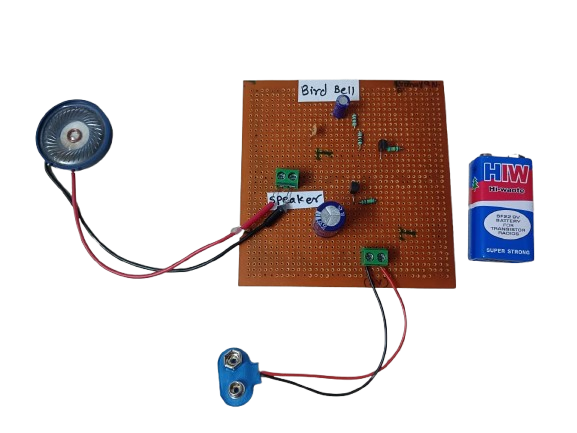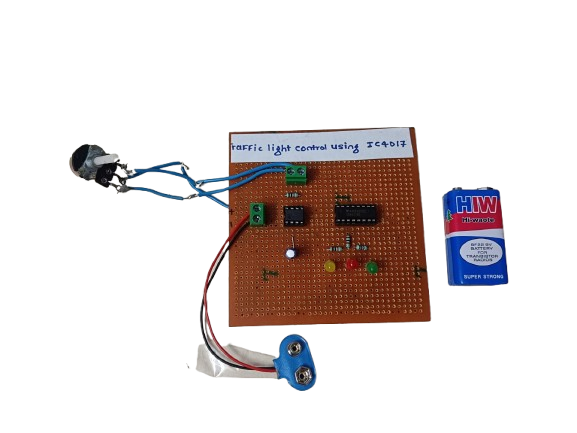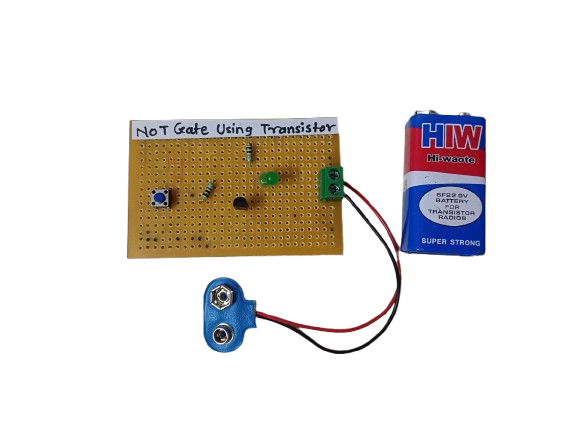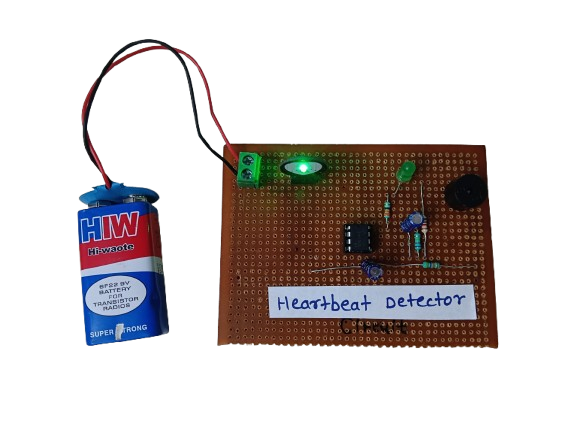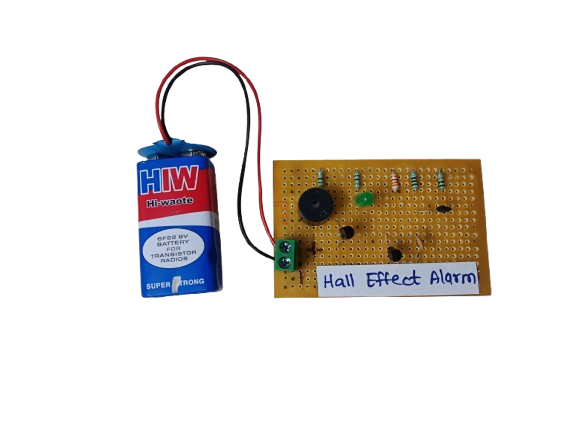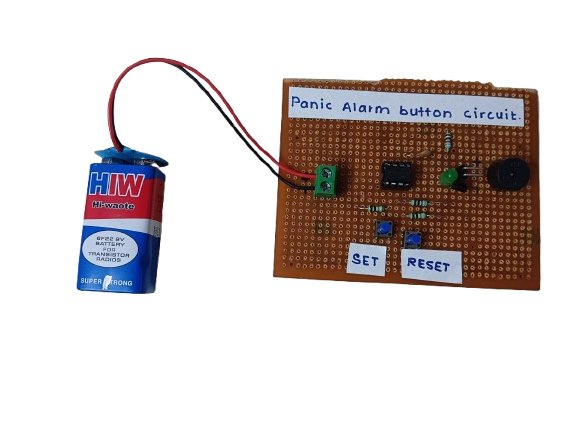Electronic Dice
₹190.00
In StockAn Electronic Dice is a digital version of a traditional dice, which generates a random number (1 to 6) and displays it using LEDs or a 7-segment display. It uses components like a 555 timer, counter IC (like CD4017), or microcontrollers such as Arduino to simulate dice rolls electronically.
Description
The Electronic Dice is a fun and educational electronics project designed to simulate the rolling of a physical dice using digital logic. Instead of tossing a cube, the user presses a button, and the circuit generates a random number between 1 and 6, which is then shown using LEDs (arranged in dice-dot pattern) or a 7-segment display.
The randomness is simulated using a 555 timer operating in astable mode, generating pulses that are fed into a counter IC (CD4017 or CD4026), which in turn activates specific outputs. When the button is released, the counting stops, and the current output represents the rolled number.
Applications:
1.Board Games
1.Replaces physical dice in games like Ludo, Snake & Ladder, Monopoly, etc.
2.Educational Kits
1.Great for learning digital electronics and random number generation.
3.Assistive Tech
1.Can be used by people with disabilities who have difficulty rolling dice.
4.Fun DIY Projects
1.Great for beginners and electronics hobbyists.
5.Casino or Gaming Machines
1.As a prototype or component in larger gaming circuits.
-
A Bird Bell is a device designed to either attract, entertain, or repel birds, depending on its purpose and context. Traditionally, it is a small bell-shaped object made of metal, ceramic, or wood, and is usually hung in gardens, balconies, farms, or near bird feeders. Its name comes from its interaction with birds — it may ring when birds land on it, brush past it, or when the wind causes it to move.
₹190.00








